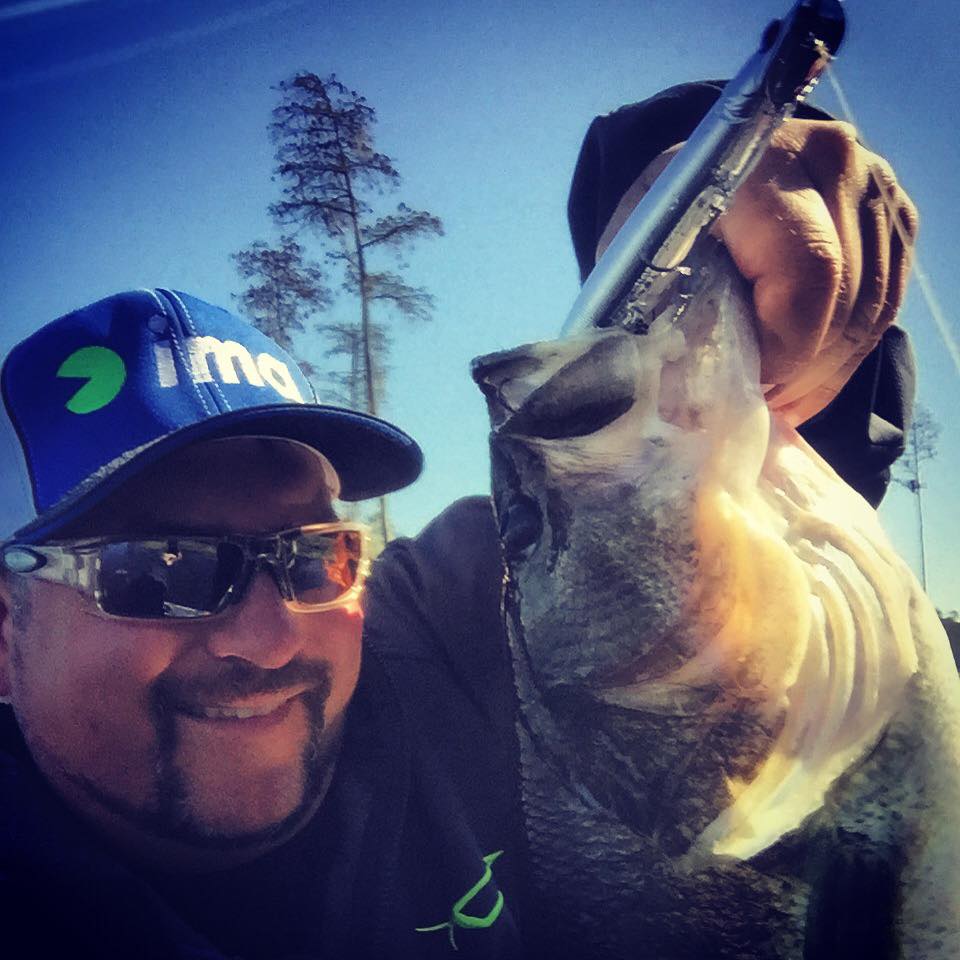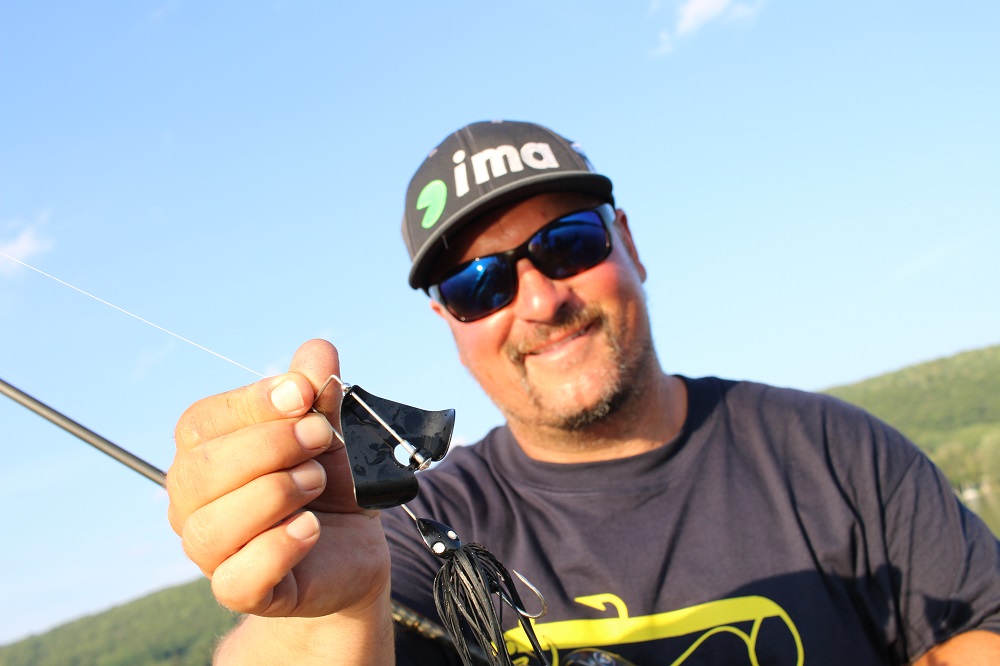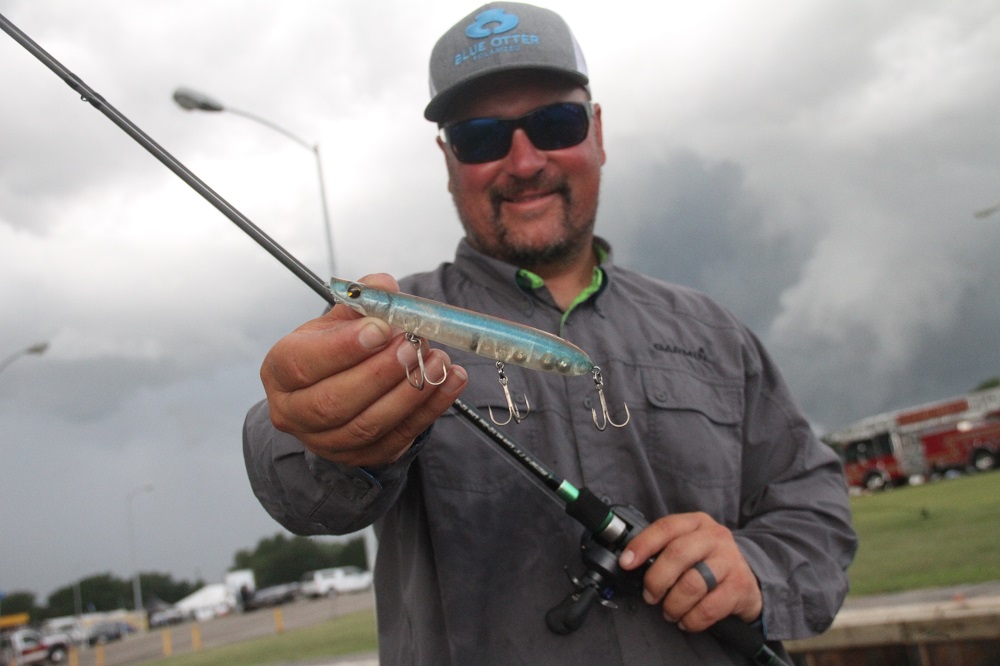 There is no doubt that a topwater strike is one of the most exciting parts of bass fishing. It is something that anglers everywhere look forward to every year when the warm starts to warm in the spring and then throughout the year until the cycle continues and the water temperature cools.
There is no doubt that a topwater strike is one of the most exciting parts of bass fishing. It is something that anglers everywhere look forward to every year when the warm starts to warm in the spring and then throughout the year until the cycle continues and the water temperature cools.
Late summer and early fall can be some of the best times of the year to throw a topwater and the chance at landing a giant increase with every drop in temperature.
Professional angler Fred Roumbanis relies on three topwaters this time of year and will throw them until winter begins.
 Where to Fish Them
Where to Fish Them
This time of year finding the baitfish is the key to success, and that is essential when it comes to topwater fishing. Roumbanis looks for the textbook locations but also keeps an eye out for the off-the-wall places that many anglers overlook.
“Everyone fishes the points and goes down the bank, and that can be good, but everyone is doing it. There will always be fish on windblown points and places like that, but I look for other places that may have less fishing pressure,” Roumbanis says.
These overlooked places depend on the body of water and region he is fishing, but generally, he looks for places where baitfish get blown into and then stick around because of some hard cover they can relate to.
“Shallow roadbeds are one good example of a place with a hard bottom that baitfish will get funneled into with the wind and then stick around. It can be a small drain or ditch as well,” he says. “Stump fields, laydowns and flooded wood in shallow water are another example. Really, anything with a hard bank in shallow water could be a good place to fish a topwater for unpressured fish.”
READ RELATED: 6 Ways to Fish the Glide Fluke
Buzzbait
One of Roumbanis’ favorite fall topwaters is a buzzbait, and he will fish it as long as he can in the fall.
“I will use it until the water gets down to around 50-degrees; but leading up to that it is one of the best ways to catch a big one in shallow water,” he shares.
He likes the ima US Buzz in either black or the chartreuse with a gold blade.
“I fish it everywhere from 6-inches to 3-feet deep and like to parallel the bank and cover water. The boat may be sitting a lot deeper, but I cast it right up on the shore,” he says.
Roumbanis likes this bait in particular because of how far back the hook is positioned and how well it hooks fish. “I rarely even add a trailer hook because you don’t need to. The hook gets them,” he says.
 Walking Baits
Walking Baits
When it comes to covering water with a walking bait, Roumbanis utilizes two styles and alternates between the two based on how the fish are feeding.
“As soon as the lakes start to turnover and you get those colder nights, I am throwing the ima Skimmer,” he begins.
He likes this bait because of how fast he can fish it and believes it is one of the best topwaters on the market for targeting schooling fish.
“You can fish it very fast and erratic on the surface. I like to burn it quick and then kill it,” he says. “It is much different than other topwaters because it isn’t dependent on the standard ‘walk-the-dog’ cadence. It casts great, and because it is so slender, it seems to hook them better than other baits.”
When it comes to colors, he has become a fan of the chrome pattern.
“It seems to outperform others and works great when it is sunny and also when it is overcast. The color reflects off of everything, and I don’t think they get as good of a look at it and don’t get lure shy at the last minute,” he believes.
The other walking bait in his arsenal is much bigger, and he will fish this more like a traditional walking bait.
READ RELATED: Fishing the Little Stik with Justin Atkins
“The Little Stik is a great walking bait that spits and gives the appearance of a small school of baitfish. You can walk it, make it spit and make it spray water and that is what I am always trying to do with it,” he begins.
He again likes the chrome pattern but also mixes in bone and translucent finishes depending on the water clarity.
Both of these baits can be fished on the same gear, and Roumbanis prefers a 7’ medium heavy iRod with 7.3:1 reel and 50-pound braided line. He uses a very short 10-inch leader of fluorocarbon to prevent the braid from wrapping around the trebles.
While summer gets most of the attention when it comes to topwater fishing, autumn can be one of the best times to fish on top. Roumbanis looks for off-the-wall places to use them and uses these three lures to capitalize on late-season topwater bass.


 Advertising
Advertising